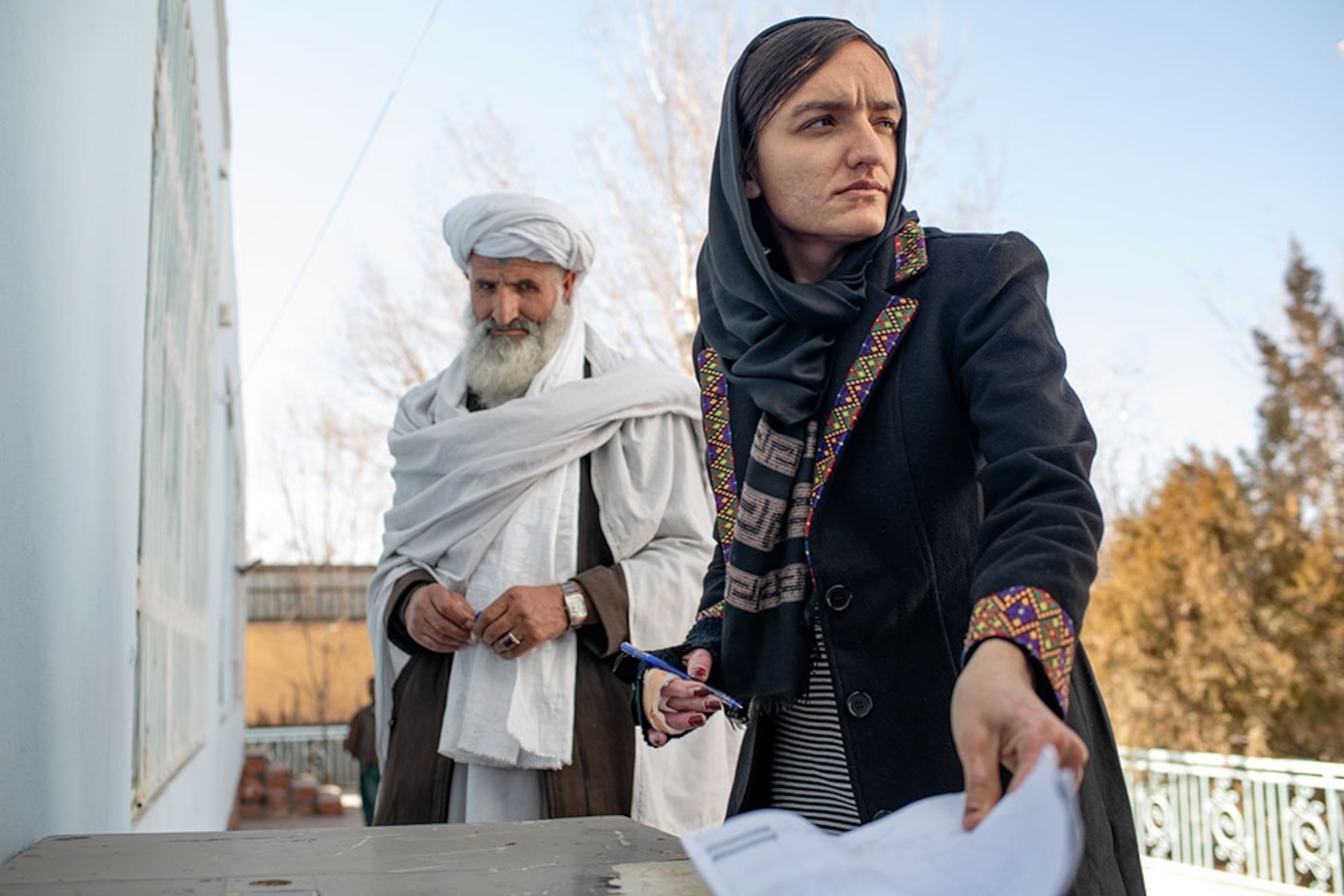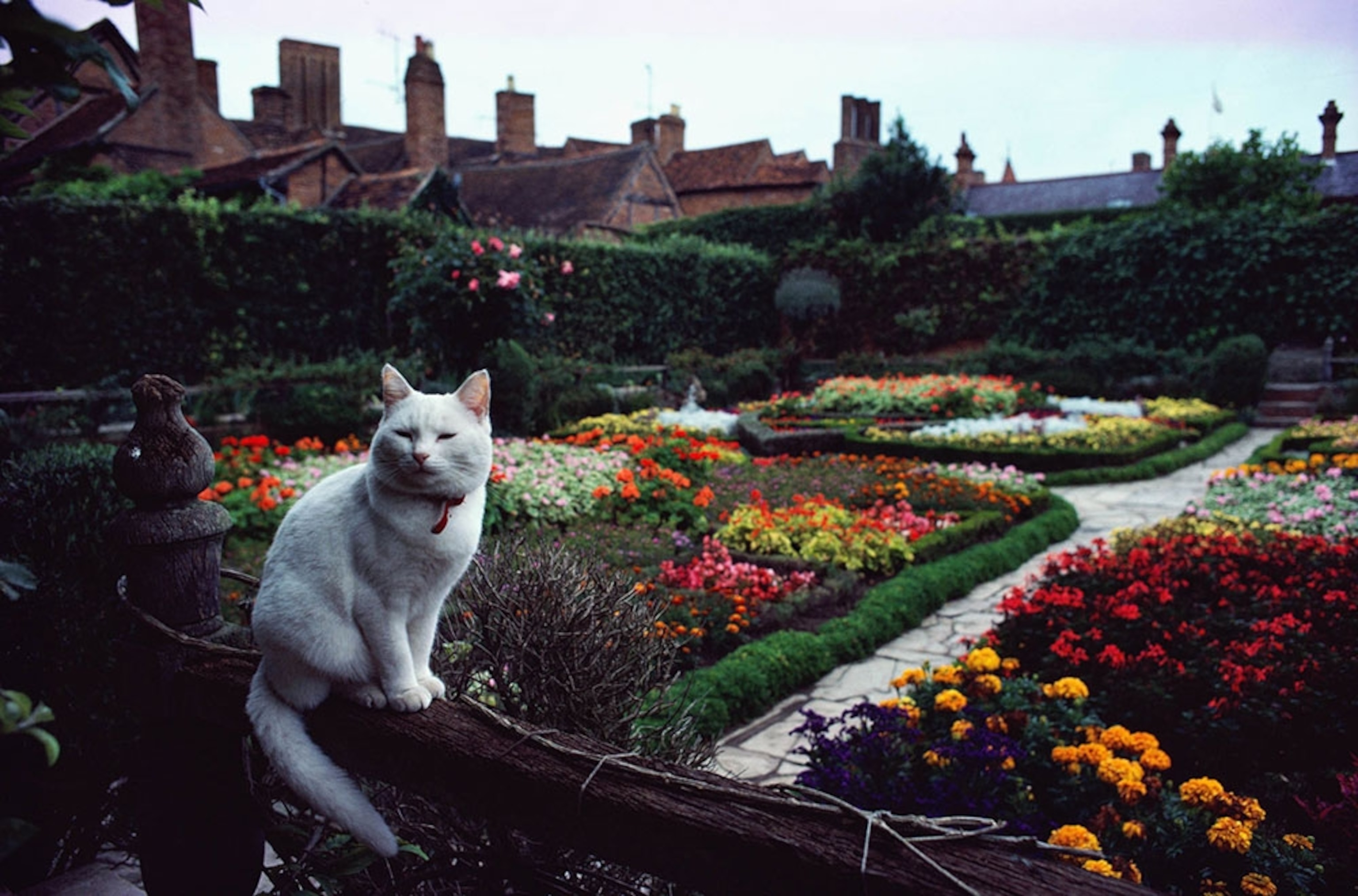
The Taliban—and fear—sweep Afghanistan
In this newsletter, behind Afghanistan’s collapse. Plus, why deadly quakes strike Haiti; a bitter Aztec anniversary; a battle for a Caribbean paradise
This article is an adaptation of our weekly History newsletter that was originally sent out on August 16, 2021. Want this in your inbox? Sign up here.
By Indira A.R. Lakshmanan, Senior Executive Editor
In December 2001, I was in the first convoy of reporters to reach the southern Afghan city of Kandahar the day after the Taliban regime was ousted from its final stronghold. We walked through the bombed-out remains of al Qaeda’s most infamous training camp, Lewa Sarhadi, stepping gingerly to avoid landmines, and sifting through abandoned composition books with notes in Arabic and two Afghan languages on how to ambush a target and how to make bombs from fertilizer and fuel oil. We slept on the floor of unfurnished outbuildings at the Kandahar governor’s mansion, sending stories home on satellite phones about Afghans celebrating the end of a dark era of harsh repression, and public stonings and hangings of those who dared to disobey. (Below, the author in Kandahar in 2001; above, an Afghan family rushing to Kabul’s airport on Monday in an attempt to flee.)
It had taken more than two months of CIA operations and U.S. airstrikes to help Afghan militias unseat the fundamentalist Islamists who harbored Osama bin Laden as his al Qaeda terrorists plotted the September 11 attacks on the U.S. At the time, the speed of the Taliban’s collapse seemed so swift.
Two decades later, it took a resurgent Taliban two days from overrunning Kandahar and a string of other provincial capitals to complete their triumphant march on the capital, Kabul. After the U.S. confirmed earlier this year it would pull out its last troops before the twentieth anniversary of the 9/11 attacks, the Taliban began extending their tentacles across the countryside and inexorably closing in on cities, squeezing out the more numerous Afghan troops. And just like that, the Taliban are once again in charge. (Below, a map shows how the Taliban swept the nation from Friday, at left, to Sunday, at right.)
More than two trillion U.S. taxpayer dollars were invested and 170,000 mostly Afghan lives lost over 20 years, according to the Costs of War Project at Brown University. The monumental effort was meant to support a more democratic, equitable, and inclusive government than the Taliban or the anarchy and patchwork of mujahideen and communist regimes and emirates that preceded it. What is there to show now for that high price? On Sunday, the U.S.-backed president, former World Bank official Ashraf Ghani, fled the country. Panic and gunfire in the streets followed. Terrified residents tried to empty their bank accounts and flee; women activists and civic leaders were threatened with “punishment,” according to reports; and the Pentagon sent troops to evacuate embassy staff, drawing bitter comparisons to the chaotic Fall of Saigon.
What began as a U.S. effort to hunt down a terrorist leader in Afghanistan morphed into a two-decade nation-building experiment plagued by mismanagement of aid and contracts and corruption by Afghan elites who enriched themselves at the expense of the population, as reporter Jason Motlagh and photographer Kiana Hayeri chronicle in their in-depth reporting over the past several months. Regarded by many resentful Afghans as an occupation, the persistent and ultimately ineffectual U.S. presence allowed the Taliban to portray themselves as a nationalist movement—and their Afghan rivals as puppets of the latest foreign power vainly trying to exert its influence over Afghanistan, the notorious graveyard of empires that wore down the British, the Soviets, and now the American superpower. (Pictured below, Abdul Wahab, a member of an anti-Taliban militia, who was photographed before his death when the Taliban overran his position in the Karsai Mountains in early July.)
The Taliban’s view of Islam rejects all representations of humans and animals in art. When they last ruled between 1996-2001, the Taliban decimated irreplaceable cultural heritage, including the giant buddhas in Bamiyan, a UNESCO-designated world heritage site, as well as statues and other priceless artifacts. As reporter Andrew Lawler writes, the speed of the Taliban’s onslaught last week took museum curators across the country by surprise, who fear they may not be able to safeguard cultural patrimony fast enough to avoid its destruction.
And what does the future hold for Afghan women and girls, who stand to lose their rights to education, work, travel, dress, and political voice? And what of rights activists, community organizers, and female politicians and entrepreneurs, whose work and lives are likely now in grave danger? Some months ago, Nilofar Ayoubi recalled her mother being beaten under the Taliban for shopping without a male relative. Ayoubi, 26, the owner of a boutique for modern women who shopped unaccompanied, had received death threats and was carjacked in broad daylight, but she had refused to abandon the freedom she had found in Kabul. “I really don’t see myself anywhere else,” she said at the time.
That was before the Taliban’s return.
Pictured above, Afghanistan’s Zarifa Ghafari was one political leader Nat Geo focused on in a feature last year on political changes for women worldwide. Today, the 29-year-old mayor says she could not escape before the Taliban takeover and is waiting for the rebels to kill her.
Do you get this newsletter daily? If not, sign up here or forward this to a friend.
TODAY IN A MINUTE
Earthquake slams Haiti: It’s too early to know the full impact but thousands are dead or injured as a result of a 7.2 magnitude quake that struck near Haiti on Saturday. Experts say it is along the same fault line as a 2010 quake that killed more than 200,000 Haitians. The shifting tectonic plates may explain Haiti’s frequent temblors, but the toll has as much to do with shoddy concrete and masonry buildings above the surface, Nat Geo’s Maya Wei-Haas explains. (Pictured above, Haitians seek comfort during the search Sunday for those missing in the rubble of a home in Les Cayes destroyed by the quake.)
Internment in Hawaii: Less known than America’s disgraceful episode of imprisoning Japanese Americans in the lower 48 states during World War II were the camps set up in Hawaii. That neglected chapter in the Aloha State is coming to light now, Rachel Ng writes for Nat Geo.
When disasters collide: Wildfire smoke has been linked to higher rates of U.S. COVID-19 cases—and deaths. How many? Perhaps 19,000 cases and 700 deaths in 2020 alone, Nat Geo’s Sarah Gibbens reports.
Living history: Noah Lewis was angry that he didn’t learn about Black Revolutionary War heroes growing up. So he became a live-history interpreter at Philly’s Museum of the American Revolution, joining. a new initiative designed to elevate the stories of Black Americans who lived and fought during the Revolutionary War, the Philadelphia Inquirer reports.
Preserving culture: Annie Vang is Hmong, part of an ethnic and cultural group that lost everything in Laos after siding with the U.S. in the fight against Communism. Now, she’s working to preserve her culture. She’s been digitally documenting the Hmong language with HmongPhrases, an app she created to teach the Hmong language to English speakers, Elle reports.
PHOTO OF THE DAY
Guarding the garden: William Shakespeare's garden in Stratford-upon-Avon, England, provides a colorful backdrop for a roaming white cat. The photo of the cat appeared in a March 1983 story tracing the history and uses of fresh herbs around the world. The image recently was spotlighted in our popular Photo of the Day feature.
THE BIG TAKEAWAY
Defining history: Legend holds that this tree holds a central role in Mexican history. Generations of Mexican kids were taught that Spanish conquistador Hernán Cortés wept here after being routed by Aztec forces in present-day downtown Mexico City. That old Eurocentric story called it the Tree of the Sad Night, interpreting the momentary defeat of the killer of Indigenous forces and customs as sad. New signage designates the site as Tree of the Victorious Night and “Tree of the Happy Night, here he cried.” Writing for Nat Geo, Mexican historian Andrés Reséndez says that Cortés had substantial help from rival Indigenous forces to defeat the Aztecs 500 years ago this month.
IN A FEW WORDS
Five years ago I helped a brilliant, self-taught Afghan teenage girl leave Kandahar and study in the US. Yesterday she showed me an article she published in a professional journal about quantum mechanics. So many brilliant Afghan girls now won't be able to hold up half the sky.
Nicholas Kristof, Pulitzer-winning journalist
LAST GLIMPSE
A paradise for whom? What happens after a 185 mph hurricane wrecks homes and businesses on a Caribbean island steeped in centuries-old tradition and shared community values? The residents of Barbuda want to rebuild it with the same values. The developers want to remake it in their image, writes Mikki K. Harris, a seventh-generation descendant of the tight-knit, smaller island in the nation of Antigua and Barbuda. (Pictured above, children jump off a wharf into Codrington Lagoon in Barbuda.)
READ ON
Today's newsletter was curated and edited by David Beard and Monica Williams. Jen Tse selected the photographs. Have an idea or link to a story you think is right down our alley? Let us know at david.beard@natgeo.com. Thanks for reading.







